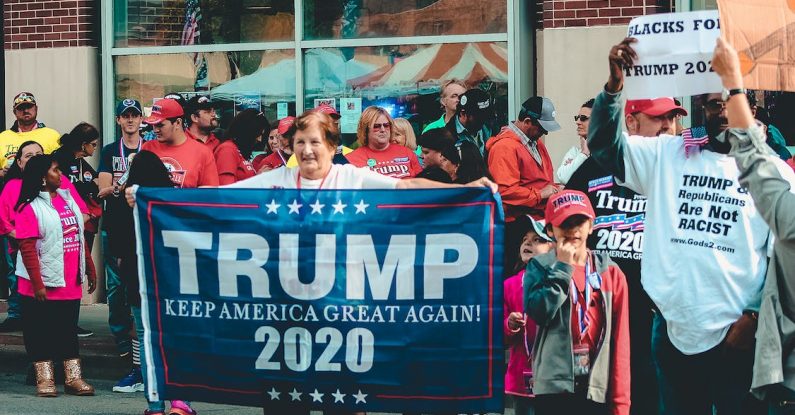
Stop the steal.
Yes, we can.
I like Ike.
You may be familiar with some of these campaign slogans. Americans certainly are.
In the States, every presidential candidate is reduced to one line.
How good it is can often determine the campaign’s very outcome.
Barack Obama brought crowds to their feet with “yes, we can” in 2008.
Dwight Eisenhower reminded people how much they liked Ike when he battled for the White House in 1952.
And, of course, who can forget the chants of “stop the steal” as masses of Donald Trump supporters stormed the Capitol in 2021?
But what can we learn from these slogans?
Here are three questions to ask about your own.
Would it surprise you to know that Obama’s slogan wasn’t actually “yes, we can”?
The Chicago senator initially opted to run on the promise of “change we can believe in”.
But soon, every pin, bus, and podium fronted the now well-known phrase.
That’s because it’s much easier to chant.
And the aim of any slogan is to include your audience.
Sure, it’s unlikely your slogan will be chanted by thousands of people lining up at a presidential inauguration.
Pretend it will be anyway and test it out.
If you can speak the slogan, it’s more likely to be remembered and draw attention to your plight.
This step is so often overlooked.
As a journalist, I ran a campaign to ensure Glasgow’s most vulnerable were first to receive their flu jab during the pandemic.
The slogan was Give Our OAPs a Shot.
Does it work? Sure, it’s a play on words that everyone will understand. Or will they?
In this sense, the ‘shot’ meant a vaccine, as well as a chance at staying healthy during the global crisis.
But it could also mean a shot of alcohol, or a turn of the remote.
The addition of a vaccination needle illustration to the slogan made it crystal clear: this was an immunisation campaign.
So avoid leaving it to chance and assume it will be understood.
Campaign slogans work similarly to advertising.
It’s vital they are clear, punchy and engaging.
But it’s also crucial they spell out your message.
If you hear “I’m lovin’ it,” you’d be right to think McDonald’s.
That’s despite there being a total absence of references to burgers, nuggets or fries.
Why?
The big brands and well-known faces can afford to be vague with their slogans.
The rest of us are unable to afford the same luxury.
When McDonald’s first launched, its slogan was “look for the golden arches”.
It made the switch in 2003.
It’s taken years of work for the company to afford ambiguity.
I’ve worked on campaigns such as “Don’t Fear the Smear”, “Save our Venues”, and “Beat the Squeeze”.
With slogans like this, the message is clear as day.
Avoid falling into the trip of thinking your brand is big enough to carry obscure messaging.
When in doubt, spell it out.
If you’re looking for practical help with campaign slogan training, email us today.
Maxine Montgomery is our Media & Communications Trainer.
You can read more about her here.
Photos in Campaign slogan training blog by Pink Elephant Communications and by Kelly on Pexels.
Featured image by Rosemary Ketchum on Pexels.
Campaign slogan training blog written by Maxine Montgomery.
Campaign slogan training blog edited by Colin Stone.
9th August 2023 Featured in: Business writing training blogs, Communication skills training blogs, Our courses blogs By: Pink Elephant
Some media trainers knock you down…and leave you down. Our media coaches show you how to deal with each knock…and still win through. So you have the presentation skills to perform – with confidence.